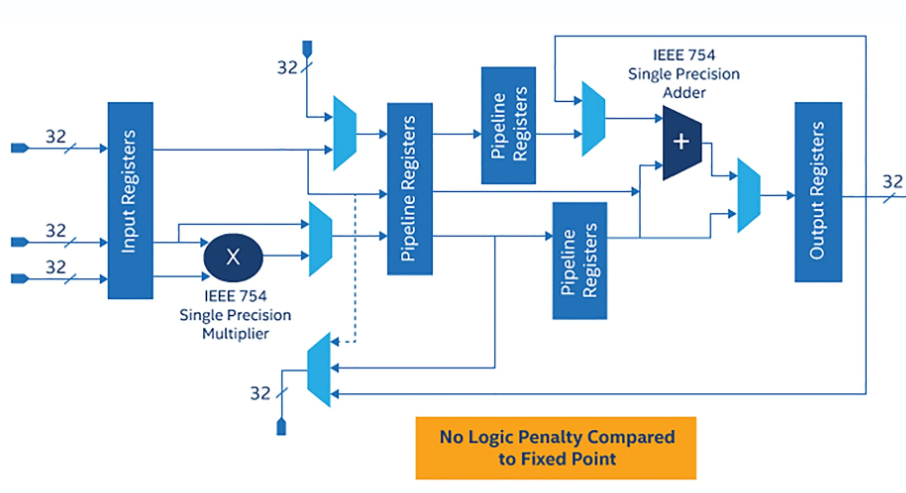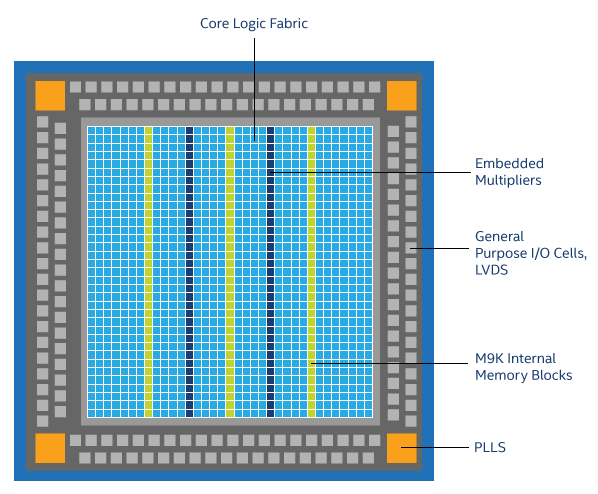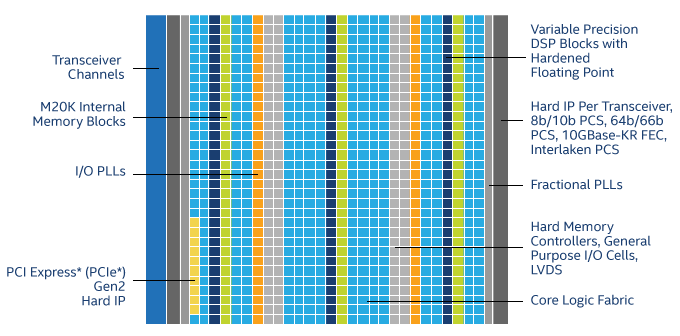Intel FPGAs Overview
- Adam Taylor
- Apr 18, 2022
- 3 min read
Running an embedded systems consultancy is exciting because we get to work with a wide range of applications, devices, and technologies.
Recently, we have partnered with several clients using Intel devices in their solutions so I thought it would be good to start looking at their devices and tools in greater detail.
In fact over the last year I have held a webinar on Intel Max10 FPGAs and created a Intel cloud connectivity and Azure project for Mouser (Part One & Part Two)

Intel’s involvement in the programmable logic arena goes back much further than its 2015 acquisition of Altera. Prior to the acquisition, the relationship between Intel and Altera was a long running partnership. Intel had previously licensed Altera’s technology for inclusion in its own programmable offerings until finally Altera purchased the PLD division of Intel in 1994.
Of course, Intel’s modern FPGAs and SoCs are a long way from the original EP300. Today’s Intel offerings include FPGAs and SoCs that enable developers to address a range of applications from high-performance data centers to industrial and automotive solutions and low-power consumer applications.
Agilex - Available in three series: F, I and M. Agilex FPGAs and SoC FPGAs provide the developer with a scalable solution. F-Series FPGAs offers 58 Gbps transceivers, PCIe Gen4, and a quad-core Arm Cortex-A53 processor option. I-Series FPGAs are intended for high performance and bandwidth-intensive applications and provide a quad-core Arm Corex-A53 processor, 116 Gbps transceivers, PCIe Gen5, and a Compute Express Link (CXL). M-Series FPGAs are intended for compute-intense applications and provides a quad-core Arm Corex-A53 processor, 116 Gbps transceivers, DDR5, CXL, and High Bandwidth Memory (HBM). Agilex FPGAs are implemented using a 10nm system in-package solution and typical applications include high-performance computing, data center, 5G baseband, optical transport networks, and video processing (4K, 8K).

Stratix 10 – Intended for high performance, the Stratix 10 FPGA family includes six devices (GX, SX, TX, MX, DX, and NX) customized for specific challenges. GX devices are customized for high-throughput solutions while SX devices provide an integrated quad-core Arm Cortex-A53 processor system. The Stratix 10 family offers the TX devices if transceivers are required and MX devices for addressing high-performance compute solutions. The DX devices provide UPI if the system requires connectivity with a Xeon processor while the NX devices can address AI/ML workloads. Stratix 10 devices are fabricated using a 14 nm process and typical applications include RADAR front end, ASIC prototyping, optical transport networks, and bridging and aggregation.

Arria 10 – These are mid-range FPGAs and SoCs that provide developers three devices options: GT, GX and SX. Both GT and GX devices provide developers with high-performance transceivers -- the GT series provides 25.78 Gbps and the GX series provides 17.4 Gbps. The SX family provides dual-core Arm Cortex-A9 processors. Arria 10 devices are fabricated using a 20 nm process and typical applications include broadcast and audio visual, cloud servers and storage, wireless backhaul, and military RADAR.

Cyclone 10 – These devices are intended for cost-sensitive edge applications and provide two series of devices: GX and LP. GX devices are optimized for high-bandwidth applications while LP devices are intended for low-power applications. Cyclone 10 devices are fabricated on a 20 nm process and typical applications include industrial networking and motor control, consumer displays, automotive infotainment, and drive assistance.
Cyclone V – Cyclone V devices are available as either traditional FPGA or SoC which provide an Arm based processing system. Across the FPGA and SOC range the developer has a choice of a range of Gigabit Transceivers with line rates from 3.125 Gbps to 6.144 Gbps. Cyclone 5 devices are manufactured on a 28 nm process and typical applications include motor control, and IoT applications.

Max 10 – These are the evolution of Max CPLD devices and provide developers with a non-volatile solution via provision of on-die flash memory. MAX 10 devices provide DSP elements, DDR3 Interfaces, Analog blocks, and simple power management. They provide developers with a powerful system integration and control solution. Max 10 devices are fabricated using a 55 nm process and typical applications include board management, motor control, and automotive.

As we progress with the series of blogs examining Intel FPGAs and SoCs, we will be looking at each device family more closely. We will also be examining the tool chains that we use to capture and implement our designs.







